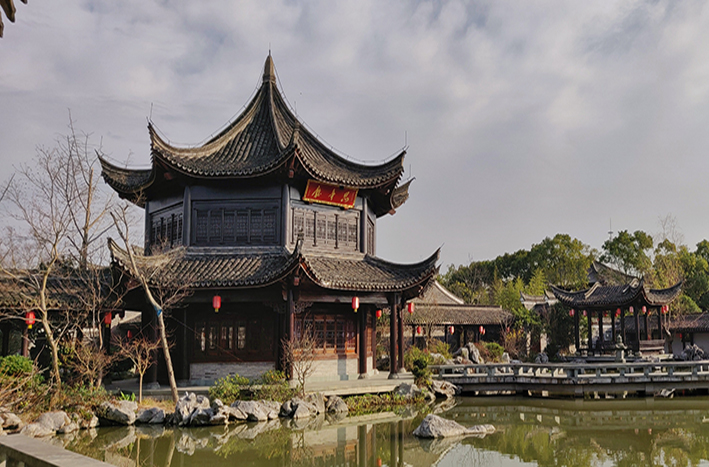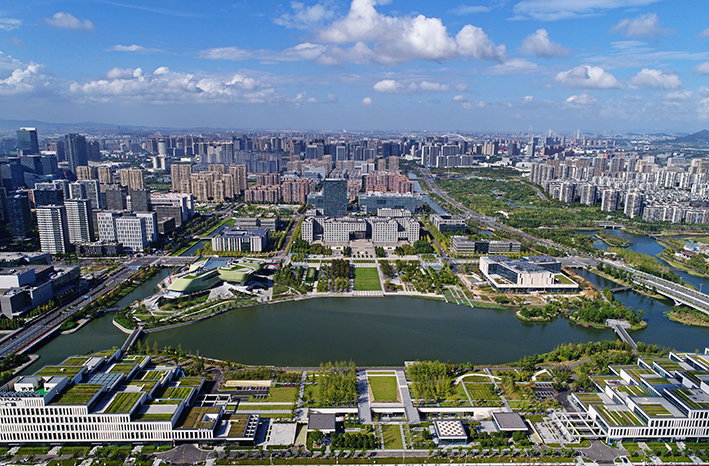
ACE Au Pair in China
Destination Information
About Ningbo´s History. The city's history can be traced back to the Hemudu Culture that originated 7,000 years ago. In the Xia and Shang Dynasties, about 4,000 years ago, Ningbo was known as Yin. Later, in the Spring and Autumn Period (770-476 BC), it became part of the State of Yue. In the Qin Dynasty (221-206 BC), it encompassed Yin, Mao and Gouzhang, three areas under the Kuaiji Shire. In the Tang Dynasty (618-907 AD), it was named Mingzhou. In 821 AD, the local authority moved towards the junction of three local rivers and built city walls, marking the establishment of today's city. In 1381 AD, the city acquired its current name of Ningbo, also known as, Calm Waves.
There are six districts under Ningbo's jurisdiction: Haishu, Jiangbei, Zhenhai, Beilun, Yinzhou and Fenghua; two county-level cities: Yuyao and Cixi; and two counties: Ninghai and Xiangshan. The city covers 9,816km2 of land (including 3,730km2 of urban area) and 8,355.8km2 at sea. As of the end of 2019, the city had a population of 8.5 million.
Located in the subtropical monsoon region, Ningbo has a mild, humid climate. Within the city, the weather varies from place to place due to differences in landscape and environment. The average temperature is around 16.4°C, with highs of 28°C in July and lows of 4.7°C in January.


City Honors
![]() Belt and Road Comprehensive Pilot Zone
Belt and Road Comprehensive Pilot Zone
![]() "Made in China 2025" Pilot City
"Made in China 2025" Pilot City
![]() China-CEEC 17+1 Trade Cooperation Demonstration Zone
China-CEEC 17+1 Trade Cooperation Demonstration Zone
![]() Five-time Winner of National Model City of Civility Award
Five-time Winner of National Model City of Civility Award
![]() Top Ten Business-Friendly City in China
Top Ten Business-Friendly City in China
![]() National Airport Economy Demonstration Zone
National Airport Economy Demonstration Zone
![]() National Marine Economy Development Demonstration Zone
National Marine Economy Development Demonstration Zone
![]() National Indigenous Innovation Demonstration Zone
National Indigenous Innovation Demonstration Zone
![]() National Comprehensive Insurance Innovation Pilot Zone
National Comprehensive Insurance Innovation Pilot Zone
![]() Comprehensive Cross-border E-commerce Demonstration Zone
Comprehensive Cross-border E-commerce Demonstration Zone
![]() National New Urbanization Pilot City
National New Urbanization Pilot City
![]() China Top Tourism City
China Top Tourism City
![]() National Model Environment Protection City
National Model Environment Protection City
![]() National Garden City
National Garden City
![]() Top Clean City in China
Top Clean City in China
![]() National Pace Setter in Product Quality
National Pace Setter in Product Quality
![]() Culture City of East Asia
Culture City of East Asia
![]() The City with the Strongest Sense of Happiness in China
The City with the Strongest Sense of Happiness in China

